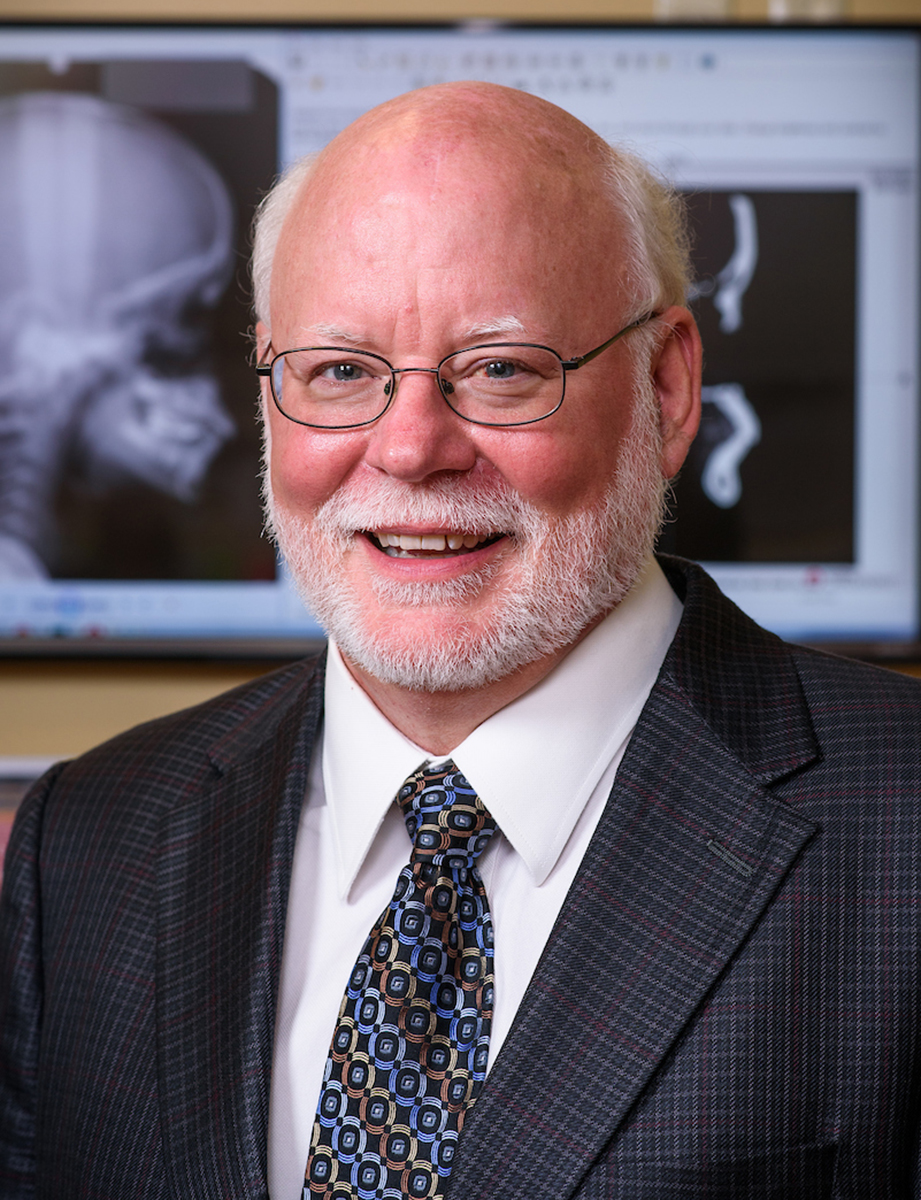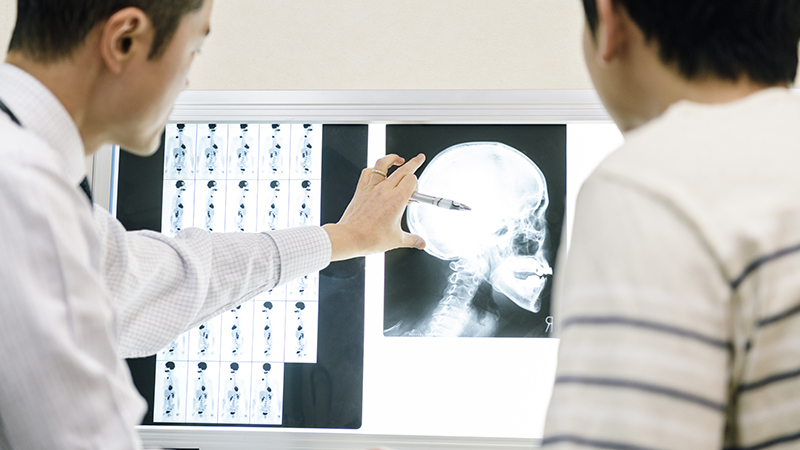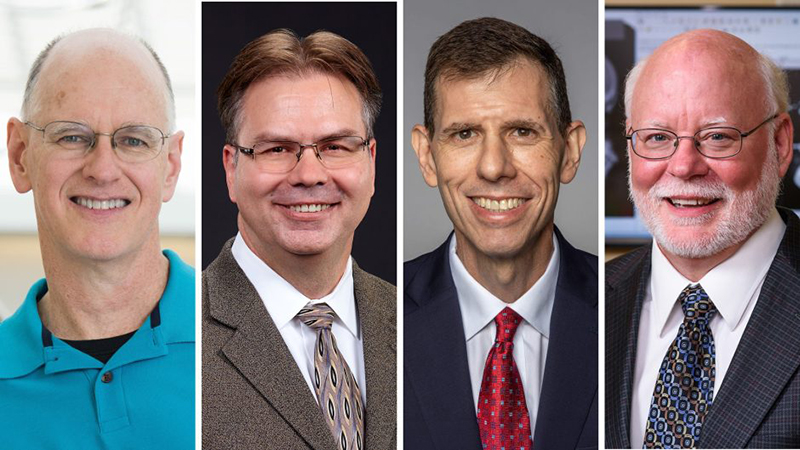Profile
Richard J. Sherwood is a craniofacial scientist and researcher with a specialty in human craniofacial biology, growth and development, and quantitative genetics. He is a professor in the Department of Pathology and Anatomical Sciences and is the Director of the Craniofacial Research Center. His current NIH-funded research focuses on development of individualized predictive models of craniofacial growth designed to assist clinicians in identification of optimal treatment timing.
Dr. Sherwood currently leads the Craniofacial Growth Consortium Study (CGCS), a large multi-site effort to establish novel methods of growth prediction in the human craniofacial complex. This study is the world’s largest longitudinal study of normal craniofacial growth. The CGCS combines records from eight of the largest historical growth studies from North America with the earliest dating back as far as 1917. Each study collected longitudinal head radiographs (lateral cephalographs) over the childhood and adolescent periods. The CGCS now includes records from over 2,000 individuals and close to 18,000 cephalographs. With a median of nine cephalographs per individual, the study provides an unparalleled opportunity to not only model craniofacial growth but to develop predictive models, providing a toolkit to clinicians to assist in decisions regarding the timing of treatments.
Academic Information
Office
1 Hospital Dr
M263 Medical Science Building
Columbia, MO 65212
United States
Research Interests
- Growth of the face, jaws, and teeth in humans
- Treatment of craniofacial abnormalities children and adolescents
- Development of assessment parameters including sex, chronological age, facial type, and past craniofacial measurements to predict future growth
Areas of Expertise
- Craniofacial growth and development
- Skeletal biology
- Quantitative genetics of the craniofacial complex
- Human evolutionary biology
Education & Training
Post-Graduate School
Kent State University
In the News
Publications
Richard Sherwood’s full publication list
Working on a project like the Craniofacial Growth Consortium (CGCS) presents numerous challenges. The CGCS includes data from eight studies spanning several decades and spread across North America. The data in the CGCS come from lateral cephalographs (head radiographs) and each of the original studies used slightly different protocols when taking the cephalographs. As an introduction to the CGCS, we felt it was important to provide the history of the original studies, identify the challenges in working with archival images and provide details of how we overcame the obstacles. Most importantly, we needed to examine the collection to see if there were clear differences between the studies that could be attributed to population differences or possibly protocol differences between the study. This paper, published in The Anatomical Record provides that information and validates the combining of the separate studies into a single large study.
- Sherwood, R.J. H.S. Oh, M. Valiathan, K.P. McNulty, D.L. Duren, R.P. Knigge, A.M. Hardin, C.L. Holzhauser, K.M. Middleton. 2021. Bayesian Approach to Longitudinal Craniofacial Growth: The Craniofacial Growth Consortium Study. Anat. Rec. 304: 991-1019. https://doi.org/10.1002/ar.24520.
We are all familiar with the adolescent growth spurt in height where a teen might grow 6 inches or more in a short period of time. While changes in facial measures will not be that dramatic, regions of the skull do experience a growth spurt during adolescence. Important clinical milestones of this spurt include the age at peak growth velocity and the cessation of growth. For some clinical treatments of facial dysmorphologies, it is critical that the patient has completed growth. In this paper, we focused on the estimation of growth cessation using different statistical methods.
- Hardin, A.M., R.P. Knigge, H.S. Oh, M. Valiathan, D.L. Duren, K.P. McNulty, K.M. Middleton, R.J. Sherwood. 2021. Estimating Craniofacial Growth Cessation: Comparison of Asymptote- and Rate-based Methods. Cleft Palate Craniofac. J. 59:230-238. https://doi.org/10.1177/10556656211002675.
Differential patterns of craniofacial growth are important sources of variation that can result poor bite or malocclusion. Understanding the timing of growth milestones and morphological change associated with adult malocclusions is critical for developing individualized orthodontic growth modification strategies. To identify patterns in the timing and geometry of growth, we used two statistical approaches to examine growth curves and anatomy in nine different facial categories.
- Knigge, R. P., et al. (2022). "Craniofacial Growth and Morphology Among Intersecting Clinical Categories." Anat. Rec. 305: 2175-2206. https://doi:10.1002/ar.24870
While longitudinal data provides power to investigate detailed aspects of growth trajectories and milestones, the development of such datasets is logistically complex requiring dedicated participant commitment. In contrast, cross-sectional studies are logistically less complex and able to include a broader range of participants. Our recent publication demonstrates that, with a sufficient sample, the cross sectional growth model closely approximates the longitudinal model for many craniofacial traits.
- Middleton, K.M., D.L. Duren, K.P. McNulty, H.S. Oh, M. Valiathan, R.J. Sherwood. Cross-sectional data accurately model longitudinal growth in the craniofacial skeleton. Sci. Rep. 13, 19294. https://doi.org/10.1038/s41598-023-46018-x. PMID: 37935807. PMCID: PMC10630296.




